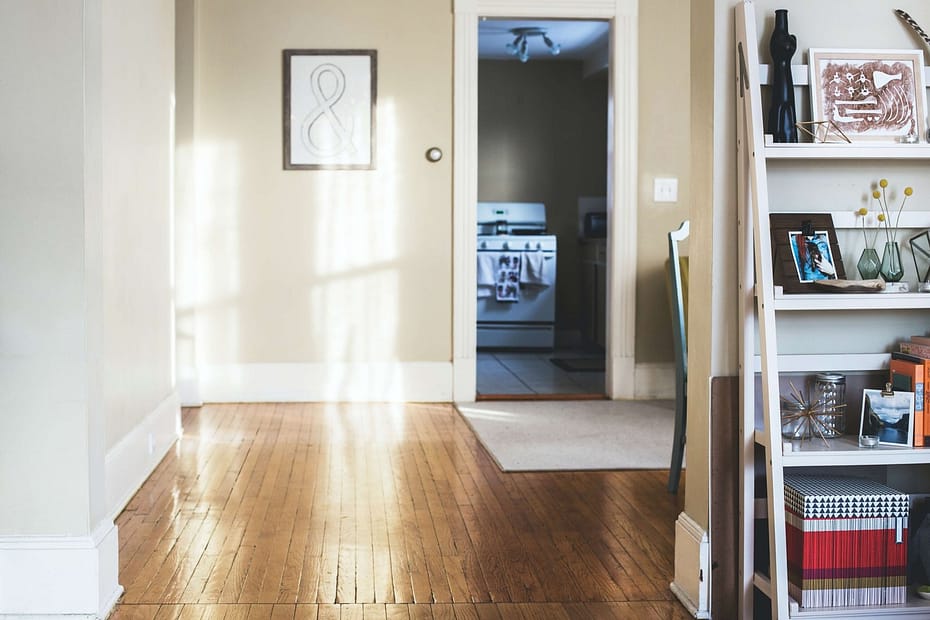The Top Four Advice to Select the Best Skirting Option for Your Home
Skirting boards signify an architectural style that can give your home’s interior spaces a smooth finish. As a result, it’s critical to understand the purpose of skirting alternatives before making a decision so that you can pick the one that best meets your home’s requirements. The following advice will help you choose the best skirting solution for your house.
Style
In contemporary homes, unusual skirting board designs like recessed skirting or shadow gaps are used. Regardless matter whether you choose conventional or modern skirting, it’s crucial to maintain consistency in your choosing.
Furthermore, it’s significant to remember that skirting from various time periods can have highly odd curves, ridges, or moldings. As a result, it’s best to refrain from mixing two styles. Having said that, you might also need to take dado rails, coving, and architrave into consideration.
Color
A room’s color scheme plays a key role in creating a cohesive space across rooms and hallways. In addition, while using skirting boards and architrave to generate contrast is typical, you may also use them to create some clever variation. Both can essentially function, depending on the design of your home and any other furniture styles you may have in mind.
The majority of people frequently choose white walls or colorful skirting. In this sense, any hue may be used as long as it blends well with the surroundings and gives the space a polished appearance.
Resources
It’s critical to remember the significance of the fabric you intend to use as a skirt. For instance, MDF is frequently utilized in modern homes. It’s excellent that this material is inexpensive and accessible, especially if you’re on a tight budget. On the other hand, hardwood skirting made of oak, pine, tulipwood, or sapele has certain benefits as well, including durability and style adaptability.
Additionally, natural wood varieties are simple to machine and versatile when it comes to the sort of finish required. Including oiling, varnishing, sanding down, or painting.
Completion
Depending on the material you select and the interior design of your room, there are various methods to help you complete your preferred skirting option. For example, you can think about applying oils or varnish to enhance or revive the natural appearance of wood. In essence, taking this into account might give the skirting option you feel is best for your property a more noticeable attractiveness and add some longevity. For instance, you might choose a gloss finish when painting natural wood skirting to add an intriguing aspect to your home.
Conclusion
Considerable materials should be taken into account when selecting skirting boards. For example, in order to reflect the style and purpose of your rooms. On the same vein, you should think about durability as well as how frequently you intend to update your skirtings.
Read more on INJ Architects:
Research of the Relationship between Longevity and Luxury Architecture


Comments are closed.